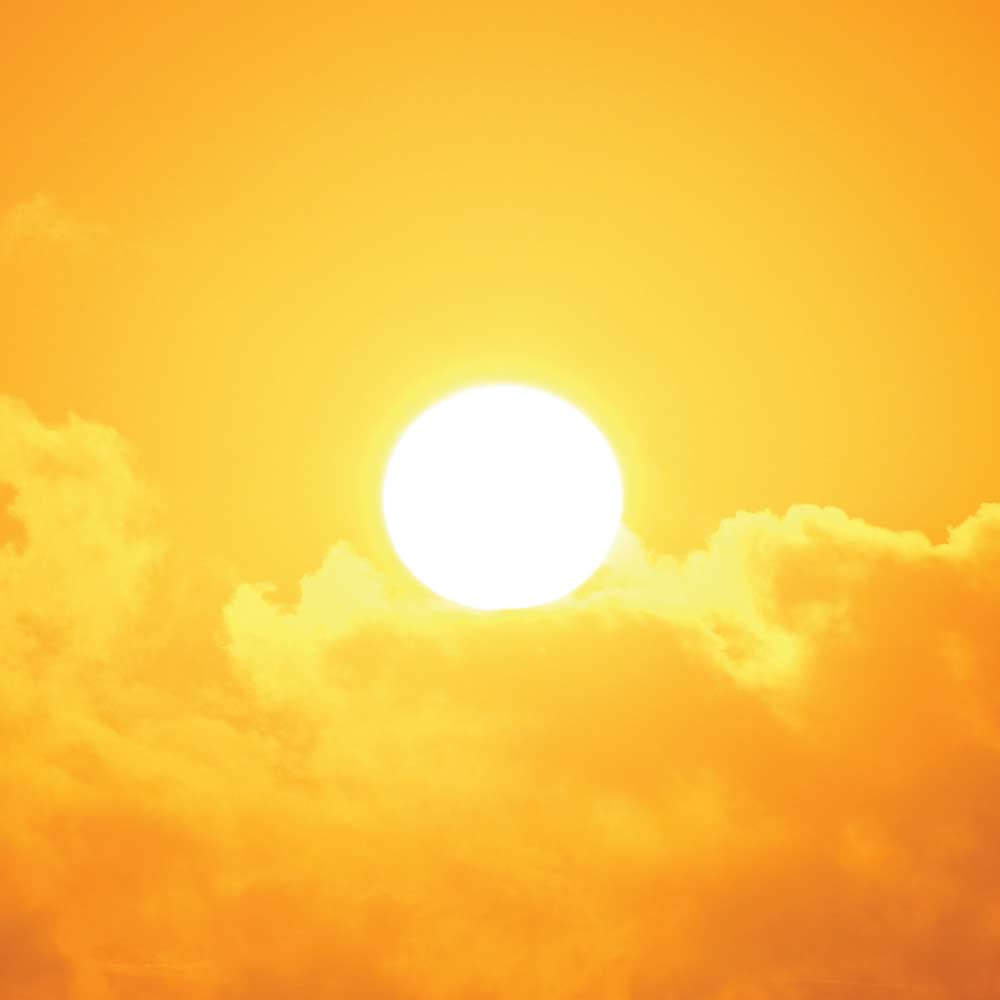Summer Solstice: The Longest Day of the Year
Mind Bending | July 5, 2023

By Dr. Teri Gee, Director, Barlow Planetarium
June 21st was the longest day of 2023.
In the Fox Cities area, that means that the Sun was up for 15 hours, 31 minutes and 14 seconds. On December 21st, the Sun will only be up for 8 hours, 51 minutes and 23 seconds. How can the length of daylight change? How can it be that the Sun is up longer at some times of the year than others?
First, we need to understand: it’s not the Sun that moves. It’s us.
The Earth goes around the Sun once every 365 days. Second, the Earth is tilted. That tilt is very important. That tilt gives us our seasons. Sometimes, the Earth is tilted toward the Sun and sometimes, it is tilted away from the Sun. When it is tilted toward the Sun, we get more sunlight and the Sun is higher in the sky. This is what we call summer. The day when we get the most sunlight is called the summer solstice. After this day, the Earth gradually moves to a place where its tilt is away from the Sun. When the Earth is tilted away from the Sun, the Sun is lower in the sky and the daytime is shorter. This is what we call winter. The day that has the least amount of sunlight is called the winter solstice. After the winter solstice, the Earth keeps moving. Eventually, the Earth is tilted toward the Sun again and it’s summer once more.
DISCOVER MORE!
If you would like to demonstrate this for yourself, you absolutely can!

- Get a lamp or a flashlight (and someone to hold it for you).
- Get a ball. Styrofoam is great (and if you have a Styrofoam ball, also get a straw or skewer and insert it all the way through the ball), but any ball will work.
- Put a mark (a sticker or piece of tape or use a pencil) on the ball.
- Tip the ball at an angle. You are on the mark.
- Move the ball around the light, keeping the tilt the same all the time (this is very important!).
Can you see when it is summer and when it is winter at your mark on the ball? How does the light hit the mark on the ball at different positions?
BONUS:
What about when the Earth is in between summer and winter? Can you figure out what would happen to the length of a day at those points?



